
The Suns’ Shocking Swap: How Trading Durant and Beal Sparked an Unbelievable Transformation
Who would’ve imagined that trading away two of your top scorers—Kevin Durant and Bradley Beal—could actually turn your team into one of the NBA’s unexpected success stories? The Phoenix Suns entered the 2025-26 season with a cloud of doubt hovering over them, as projections pegged them near the bottom of the Western Conference. Yet, here we are, 14 games in, and the Suns are defying expectations with an impressive 8-6 record and a top-tier TRACR rating. What’s their secret sauce? It turns out, sometimes less flashy star power and more lineup cohesion can work wonders on the hardwood. Intrigued to see how the Suns pulled off this surprising transformation—and whether their hot start is sustainable? Dive into the details, stats, and stories behind Phoenix’s unexpected rise. LEARN MORE.
After trading away some of their biggest names, the Suns are the surprising success story in the NBA. Here’s how they’ve done it.
The Phoenix Suns came into the 2025-26 NBA season with low expectations.
They parted ways with two of their top three scorers (Kevin Durant and Bradley Beal) in the offseason, which led to the Opta supercomputer (and most prognosticators) projecting them to be a bottom-feeder in the Western Conference (13th in the conference, per the model).
However, 14 games into the season, something curious has happened. The team that was supposed to see a steep decline from their already unimpressive 36-46 record is now 8-6, with the eighth-best TRACR in the NBA (fifth best in the West).

How is this possible? And how long will the Suns’ early success last?
The Suns Have a More Cohesive Lineup
While Durant and Beal are both gifted scorers, their skill sets were redundant with franchise centerpiece Devin Booker. All of them are great at scoring, but none of them excelled at passing, spacing, perimeter defense or rim protection.
Since all of them carried too much pedigree to bench in key moments, the Suns were left with just two spots to fill all those needs. There aren’t many players in the NBA flexible enough to wear all those hats.
As a general rule, having lineup balance is better than rostering talented players who don’t fit well together. This is essentially what is happening with the Suns.
With KD and Beal no longer around, the Suns can give more minutes to guys like Grayson Allen, Royce O’Neale, Collin Gilespie, Ryan Dunn, Jordan Goodwin, Oso Ighodaro and Nick Richards. Moving those two also helped them add Dillon Brooks, Jalen Green (who has been limited to just 30 minutes this year because of a hamstring injury) and Mark Williams.
None of those guys can get you 20 points as quickly as their predecessors, but they bring more of those ancillary skills needed for proper cohesion.
After being a pretty good 3-point shooting team in 2024-25 (12th in 3-point attempts per game and eighth in 3-point makes), the Suns are a great one (eighth in 3-point attempts and fourth in makes). This is the byproduct of giving larger roles to dead-eye marksmen like Allen and O’Neale.
So far, they are two of the top-10 players in the entire league in 3-pointers made.

Arguably, the biggest change from last year’s team to this year’s team is how often it is getting second and third chances on possessions.
The Suns’ effective field goal percentage rank is the same as it was last year (sixth). Yet, they are four spots higher in offensive rating (going from 10th to sixth in that category) because their offensive rebounding percentage has climbed 19 spots (from 26th to seventh).
This comes from removing older, more ground-bound players like Beal, Durant, Mason Plumlee and Jusuf Nurkic and opening up more time for Richards, Williams, Goodwin and Dunn. All four of these players are vertical threats with the youthful vigor required to consistently crash the offensive glass (all of them are in the 82nd percentile or higher in offensive rebounding rate).
As the Houston Rockets have taught us, the more darts you have to throw, the better chance you have of hitting a bullseye.
For this whole star player flanked by versatile pieces to work, the centerpiece needs to be able to carry his weight. And Booker has been more than up for the challenge.
After a down year that saw him miss the All-Star Game, Booker is back to being one of the most potent offensive players in the NBA. He’s scored more points than anyone in the Western Conference not named Shai Gilgeous-Alexander (398) and his true shooting percentage (62%) ranks near the top quadrant of the league (69th percentile).
Booker also looks more comfortable as a decision-maker and passer. His assist rate (32.2%) and potential assists per game (14.4) are both career highs.
Brooks also deserves some flowers here. He may be notorious for outrageous proclamations and playoff no-shows, but he’s probably the best complementary forward Booker has played with since Mikal Bridges.
His teams almost always seem to win in the regular season (Brooks has been on the second-best Western Conference team in three of the last four years) and his toughness has been a major factor in Phoenix’s defensive resurgence (the Suns have gone from 28th in defensive rating to 13th).
Also, his willingness to be a gunner on offense (22.0 points per game on 16.9 field goal attempts) has been crucial to replacing the scoring void left by the departures of Durant and Beal.
How Far Can The Suns Go?
Unlike the Chicago Bulls, the Suns aren’t the beneficiary of opponent shooting luck, and while they are shooting the ball well themselves, that seems sustainable given all the lethal snipers they employ. Simply put, it feels safe to say that this team is more complete than the one we saw last year.
However, this Suns team isn’t without limitations. We mentioned that having lineup balance is better than mismatched talent. But do you know what is better than both of those things? Having lineup balance and talent that synergize well together (see the Oklahoma City Thunder).
The Booker-and-role players system is working, but what happens to the machine when Booker isn’t out there? As of right now, Phoenix doesn’t have a true secondary creator who can carry the torch for its offense when Booker is on the bench, so the Suns just end up running Booker to the ground (second in the NBA in total minutes played).
Also, while the Suns have been a great outside shooting team, they don’t get all the way to the rim very often. They are 27th in free-throw rate and points in the paint per game per NBA.com. This makes their offense susceptible to serious lulls when their jump shots aren’t falling (similar to what happened in their fourth-quarter meltdown against the Atlanta Hawks).
When he eventually returns, Green will provide reinforcements in both of those categories. But given his early season injuries, it remains to be seen how he will interact with the new players around him.
Even then, it seems that, while the Suns are clearly a good team, they lack the firepower to hang with the big dogs. They are 1-3 in games against teams with a record over .500, with the lone win coming against the San Antonio Spurs.
Still, Phoenix is taking care of business against the teams it should beat, and it has built the blueprint for a good system around Booker. That gives them a true sense of direction for the first time in a while.
Follow along on Instagram, Bluesky, Facebook and X for more.
The post How the Suns Traded Kevin Durant and Bradley Beal … and Got Better appeared first on Opta Analyst.
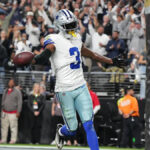


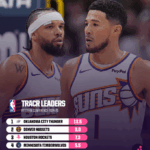
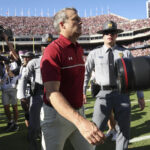

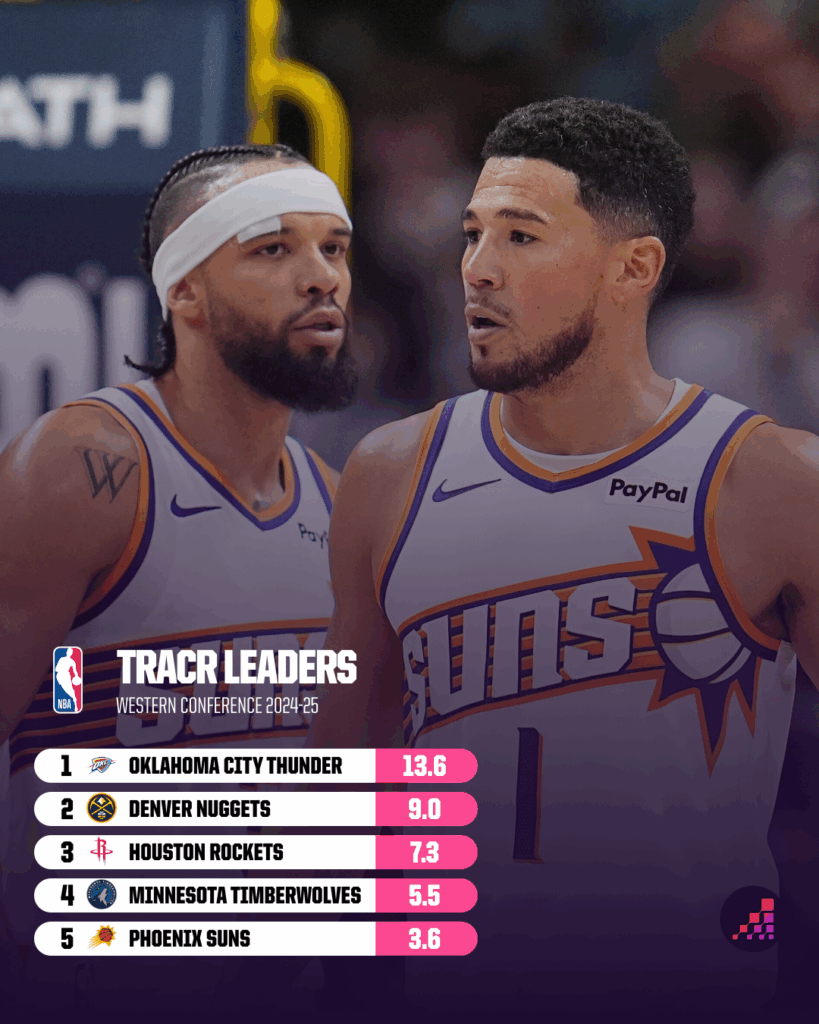
 (@StephenPG3)
(@StephenPG3) 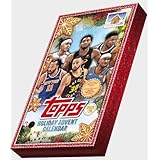
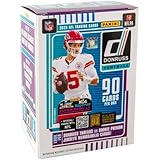
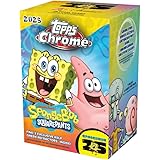
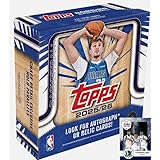
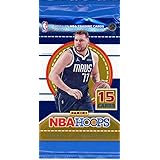
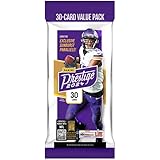


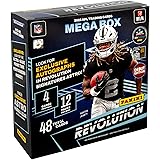


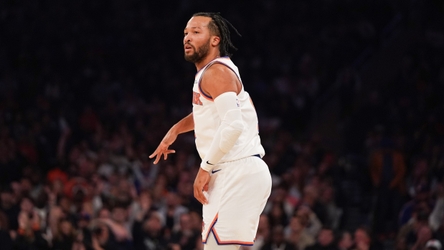

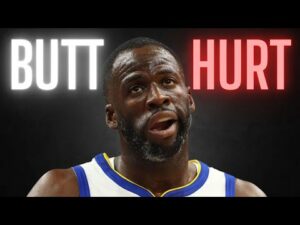


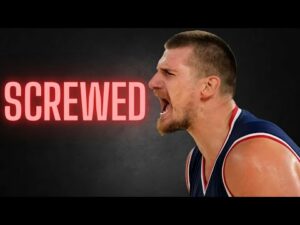
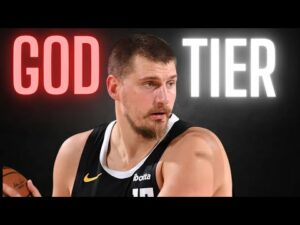
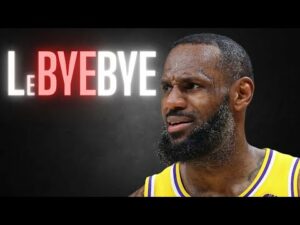
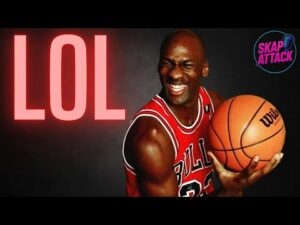
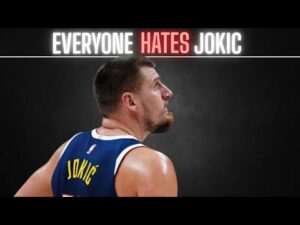



Post Comment